The Best School Of All
‘I do not agree that the best days of the Central Model School are behind us’
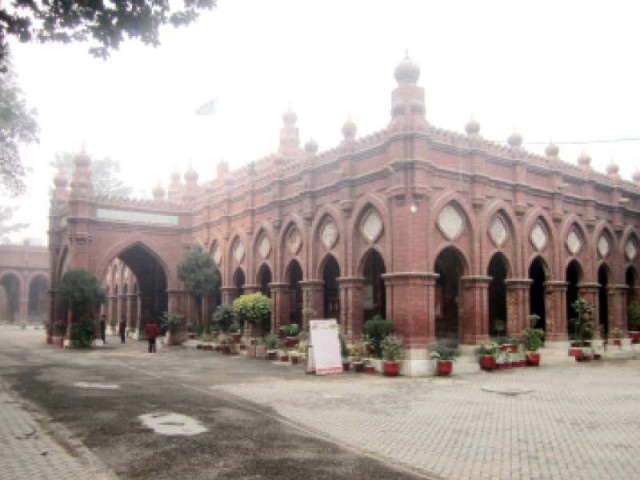
‘I do not agree that the best days of the Central Model School are behind us’ .
The first thing I remember about school is the Madam Headmistress and her enormous girth. She used to wear a long woolen coat and bright red lipstick. In the interview, the first guy was friendly and I remember his smile. He had a box full of wooden beads. I had to make a necklace out of a shoe lace and three beads; two square ones and one round one in the middle, followed by two round ones and one square. I performed the task with aplomb. I had forgotten to say Assalam u Alaikum which had been drummed into me by Khawaja Sahib. He was the senior teacher in Akbari Mandi my dad had taken me to to prepare for the interview. I was five years old and this was my test of admission into the Junior Section of the Government Central Model High School, Lower Mall, Lahore.
On the admission day, there were senior students waving welcome at us. Mrs Qasim Ali was our first teacher. She wore thick black-rimmed glasses, which took up most of her face. She had a daughter who once asked Aitazaz Husain Sabzwari, whether his father sold sabzi. You can’t blame her as everybody called him Sabzi. I sat with Talat Hameed who now lives in Canada. I have not seen him in 40 years.
The morning assembly started with the Allama Iqbal Dua, sung in chorus by a lead party and followed by the whole school. One boy would then step forward and lyrically recite the duty roster for the day. “Aaj kay preefaact, Athar Jameel Dar, Khalid Mhamood Cheema, Aasim Ghazanfar Gondal aur Farooq Imtiaz Khokar hain. Aaj ki day mistress Miss Bhatti sahiba hain”. It was sonorous and poetic and it would go round and round in my head, like a mantra. The task of the rostered team was to go to every class and note down the number of students attending. They would then transcribe it on to the black board outside the Madam’s office. It was great fun and totally pointless.
Sneaking out into the Bara School during the recess was a great adventure. We discovered the ground of the Central Training College one day. It was straight out of a fairy story. We had the whole lush green, manicured lawn to ourselves, lined by flower beds, the grand red brick building of the College and the birds flitting around. My best friends were Khalid Mahmood Cheema who is a surgeon at Mayo Hospital; Rauf Tahir Niazi, the son of Maulana Kausar Niazi, who is a physician in Islamabad; and Nadeem Nisar who is disabled due to ankylosing spondylitis.
When we moved into the senior school, we realised that there was a world outside the four walls of the school. It was not too difficult to bunk school during the Social Work Week. You would jump over the wall into Karbala Gamay Shah. You would visit the mysterious prayer area, before marching down the wide road to freedom. We visited the historic sites of Lahore and the National Centre at Alfalah. It was the coolest place to visit during the summers with the best air conditioning we had ever experienced. There was a wonderful little library where you could borrow books. I read Taubat un Nasooh and Mirat ul Aroos.
Mohammad Zahid was our courageous leader and navigator. He is now an ophthalmologist in the Children’s hospital. Myself and Fayyaz Asghar would follow obediently, Fayyaz less eagerly than me. He is an engineer in the UN mission to Lebanon.
When I was in class seven, my dad took me to an Allama Iqbal poetry recitation competition in the Open Air Theatre. I recited Rooh-i-Arzi Adam ka Istaqbal Karti Hai.
This led me to join debates in the school and I won the debater of the year award in class eight, with my name inscribed on to the prestigious board of honour in the big hall.
Then there was Radio Pakistan and the School Broadcast. We used to get a cheque for Rs15 for doing the School Broadcast. I used to go there on my small red Sohrab bicycle, sometimes with my younger brother riding on the cross bar. Amjad Islam Amjad had started a Bachon ka Theatre at the Freemason Hall building. Arif Waqar wrote the play. We took part, with our bicycle as a prop. Sadequain held an exhibition in the same building. It was considered offensive by the Jamiat and there was an arson attack. We went to examine the damage the following day.
I made friends with Rashid Kaukab. He currently is a director in an international trade organisation in Geneva. His father was a teacher at the Central Training College. He had an office in a cabin that we could use. This became the headquarters of an organisation which Rashid had founded. The objective, unsurprisingly, was world revolution. The revolutionary tactics included trying to stop men from traveling in the female section of the crowded Lahore buses, with decidedly mixed results.
I remember, Mohammad Idrees who was an old boy, writing about the school in The Pakistan Times. He had mentioned that the school had produced 10 higher court judges. I am sure the number would be much bigger now. At one time, the Central Model School was considered the best in Lahore. It was the first one established in Lahore, after the conquest by the colonial British and the despatch of Maharaja Dilip Singh and the Koh-e- Noor to London. Many of the graduates went on to study at Government College, Lahore, and at King Edward Medical College. I know at least 10 Professors in medicine in Lahore, who are alumni.
There is a widespread feeling among the old students that the best days of the school are behind us. I do not agree. I met Mian Abdul Haq, the current principal recently. I came away happy. There is now a board of governors, headed by a former judge. There have been extensions in the school and restoration of its original architecture.
The class size is limited to 40 students, the principal told me. The monstrosities built in the ‘70s have been given a genteel red brick facade. And yes, there are computers. (The least of my concerns)
The record is being computerised, the principal seems to have a certain chemistry with the students and teachers. He introduces his teachers as if showing off a new Ferrari. Students come up to him and shake hands. (GN Butt sahib would not approve.) Boota still runs the nan chholay joint, albeit further down the road. Loyal customers still flock back.
There is a wall separating the Central Training College now, complete with razor wire on top. This is meant to keep out girls and terrorists. There are lots of them at the Central Training College, (girls). The swimming pool is gone. The teaching of languages is gone, (except Arabic). It is now Govt Central Model School, English Medium. There is no Persian and, God forbid, no Punjabi. There are no visual arts, not even calligraphy, which used to be a strong point. There is no teaching or tradition of music.
There is a great deal of desire among the old boys to go back and contribute. (Although none to send their children there.) The principal is keen to welcome the intellectual contribution from the old boys.
Is Zia Mohyeddin out there?
Athar Ahmed Saeed is a physician and lives in Durham, United Kingdom.
Published in The Express Tribune, January 31st, 2016.

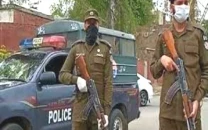
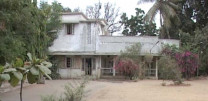
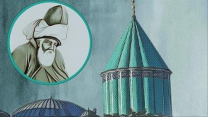

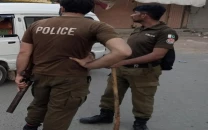
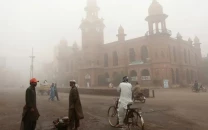












COMMENTS
Comments are moderated and generally will be posted if they are on-topic and not abusive.
For more information, please see our Comments FAQ